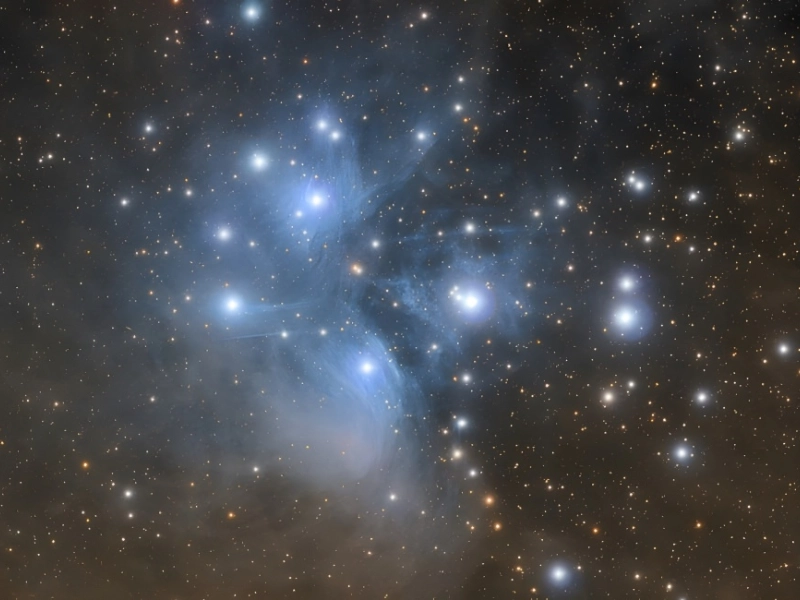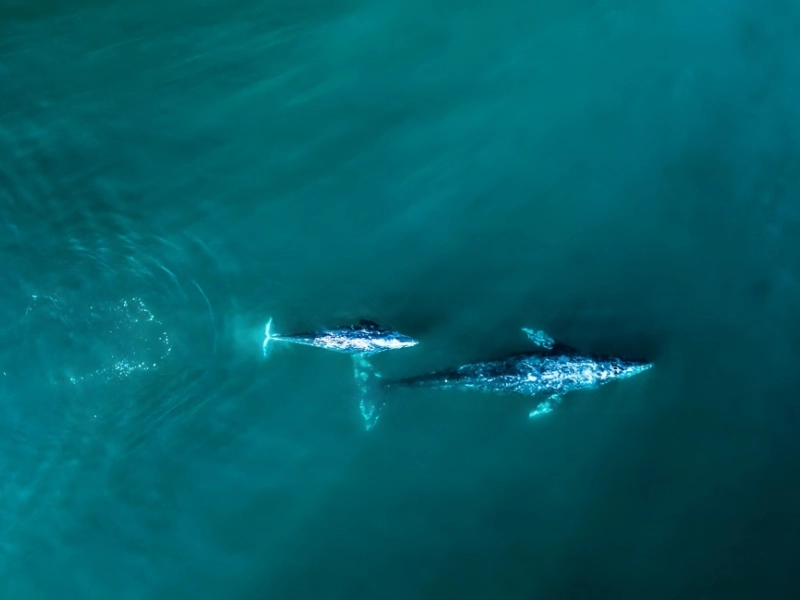13 Mind-Bending Space Discoveries That Defy Explanation
11. The Seven-Star System
Found Year: 1873 Discoverer: Unknown
Location: Nu Scorpii
Description:
Discovered in 1873, Nu Scorpii is an intriguing example of a star system. In single-star systems like this one, planets orbit a single star, much like Earth orbits the Sun. While multi-star systems do exist in the universe, they often lack planets, as the stars in these systems typically orbit one another rather than providing a stable environment for planetary formation.
Conclusion Understanding the dynamics of single-star systems like Nu Scorpii is essential for studying planetary formation and the potential for life beyond our solar system. These systems offer a more familiar context for exploring celestial mechanics and the conditions necessary for supporting planets!

Description:
While not the largest, triple-star systems are the most common type of multi-star systems in the universe. Among the rarest are septuple star systems, with only two known examples: AR Cassiopeiae and Nu Scorpii. These systems consist of seven stars orbiting one another, showcasing the complexity and diversity of stellar formations in the cosmos.
Conclusion The existence of septuple star systems like AR Cassiopeiae and Nu Scorpii highlights the fascinating variety of celestial arrangements in our universe. Studying these systems can provide valuable insights into stellar dynamics and the processes that govern the formation of multi-star environments!








